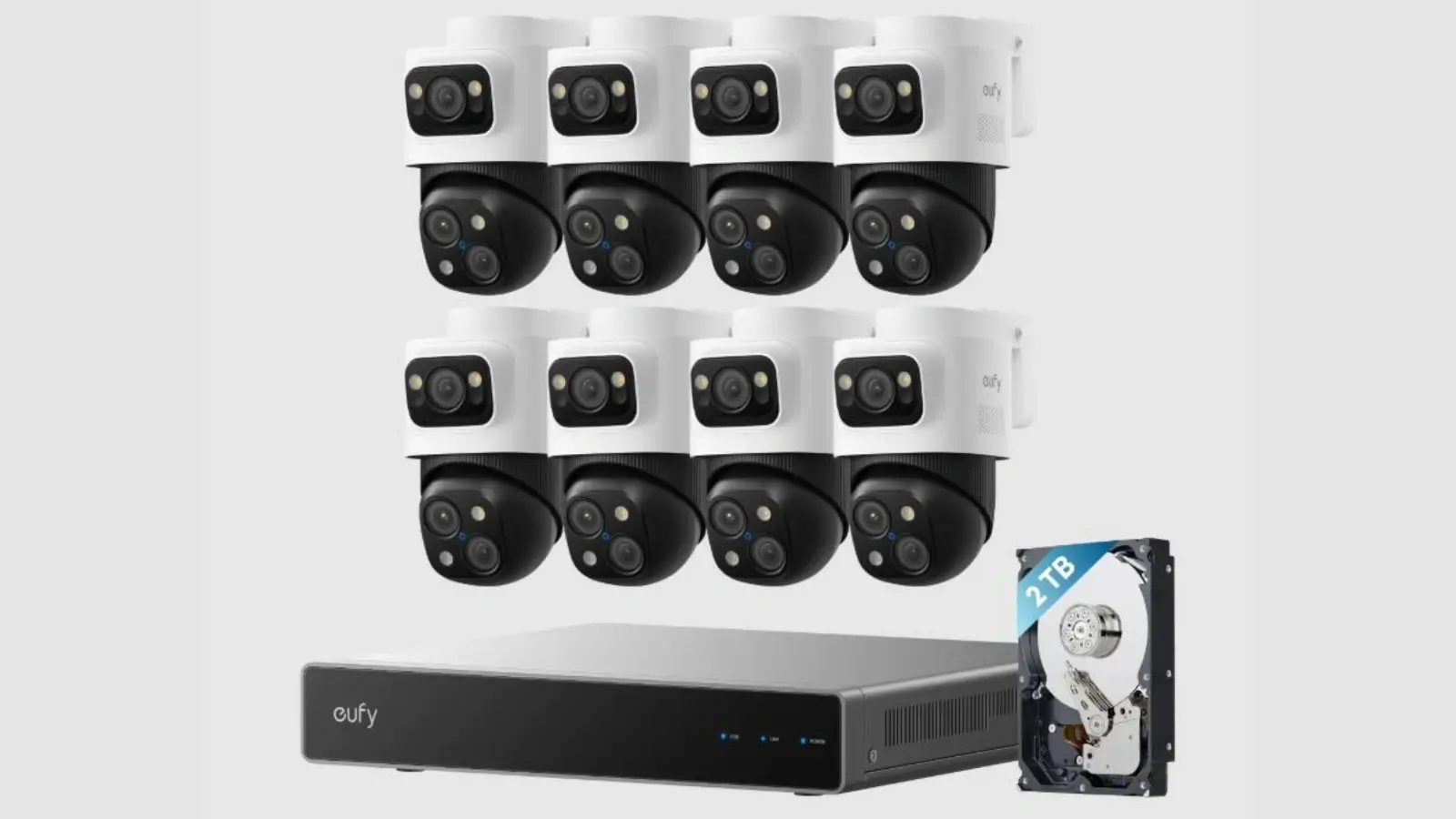


Choosing the right storage size for your NVR camera system is crucial for effective surveillance. Without adequate storage, your system might not record at optimal quality or for the desired duration. This could compromise security objectives. Understanding the primary factors that influence storage needs is essential. This guide provides insights into how to determine the ideal storage size based on several key variables. By focusing on the number of cameras, resolution, frame rate, and retention time, you can ensure your NVR setup is both efficient and cost-effective. Keeping your data secure and accessible should be a top priority for both home and business environments.
Adequate storage is the backbone of any effective NVR camera setup. Several factors come into play: the number of cameras, their resolution, the frame rate at which they record, and the compression technology employed. Also, how long you intend to keep the recorded footage is paramount. Each factor significantly impacts the storage space requirements—affecting costs and setup efficiency.
The number of cameras in your NVR setup directly affects the required storage. Each additional camera increases data volume significantly, especially with high-resolution models. A high-definition camera creates more data. For instance, a 4K camera requires more space than a 1080p camera because it captures more detail. Resolution is critical because it dictates clarity. A setup with multiple cameras at high resolution means vast storage demands. Consider how many cameras you have and at what resolution they operate. A balance between quantity and quality is key to effective surveillance without overburdening your storage system.
Frame rate influences the smoothness of recorded video, with higher rates offering seamless playback but requiring more storage. A setup recording at 30 frames per second will use significantly more space compared to one capturing at 15 frames per second. Compression technology, like H.264 or H.265, plays a crucial role by reducing file sizes without losing quality. Retention time is about how long you store video data. A 30-day retention policy needs more storage than a seven-day plan. Balancing these aspects—frame rate, compression, and retention—ensures your storage solution is efficient without sacrificing security needs.
Calculating storage needs for an NVR system involves a straightforward method. Consider how resolution, camera count, frame rate, and retention goals interact. Understanding these variables ensures you select the correct storage capacity.
Online calculators provide a convenient way to assess storage requirements. By inputting values such as frame rate, resolution, and camera count, these tools calculate your needs. Alternatively, you can employ a DIY formula: Storage = (Camera Count x Resolution x Frame Rate x Retention Days) ÷ Compression Ratio. This formula gives you an estimate, tailored to your specific setup parameters. Using either method makes it easier to determine your storage needs accurately, giving you control over your security infrastructure.
Consider differing needs for home versus business setups. A home surveillance system typically has fewer cameras, often with shorter retention times—perhaps seven days. In contrast, a business setup might use more cameras at higher resolutions, with longer retention periods, like 30 days. A home might work well with a 2TB storage solution, but a business might require 10TB or more. Tailor your storage size based on the distinct requirements of your environment. Such custom planning ensures you get value and effectiveness from your NVR camera setup.
Optimizing storage can enhance your NVR system’s performance while controlling costs. Start by reviewing factors influencing storage needs, then adjust settings for efficiency. Making informed decisions streamlines your system’s functionality.
Choosing compatible storage for your specific NVR system, such as those from eufy, requires a clear understanding of the device's specifications. Many eufy systems support storage sizes ranging from microSD cards to large-capacity HDDs—sometimes up to 16 TB. To ensure seamless integration, you'll want to match your chosen storage medium to your system’s requirements. Opt for HDDs with high read/write speeds and a strong endurance rating to handle the demands of high-resolution video and continuous recording. Properly matching your storage ensures your setup runs smoothly and provides reliable surveillance without interruption or technical issues.
Plan for future needs when selecting storage. Anticipate potential expansions by investing in scalable solutions. Regular maintenance ensures your system performs efficiently—schedule routine checks for wear or component failure. Early detection of issues prevents data loss and service interruptions. Embrace technologies that allow easy upgrades—such as adaptable storage arrays or cloud-based options—to accommodate growing data demands. Future-proofing your storage infrastructure means you’ll stay ahead of evolving requirements, ensuring long-term performance and dependable data protection.
Determining the ideal storage size for your NVR camera setup involves understanding key factors like camera count and resolution. By calculating storage requirements and considering both current and future needs, you ensure robust security without waste. Whether for small-scale home use or expansive business operations, selecting the right storage ensures your system is reliable and efficient. Informed choices and strategies make surveillance effective, protecting assets and providing peace of mind.